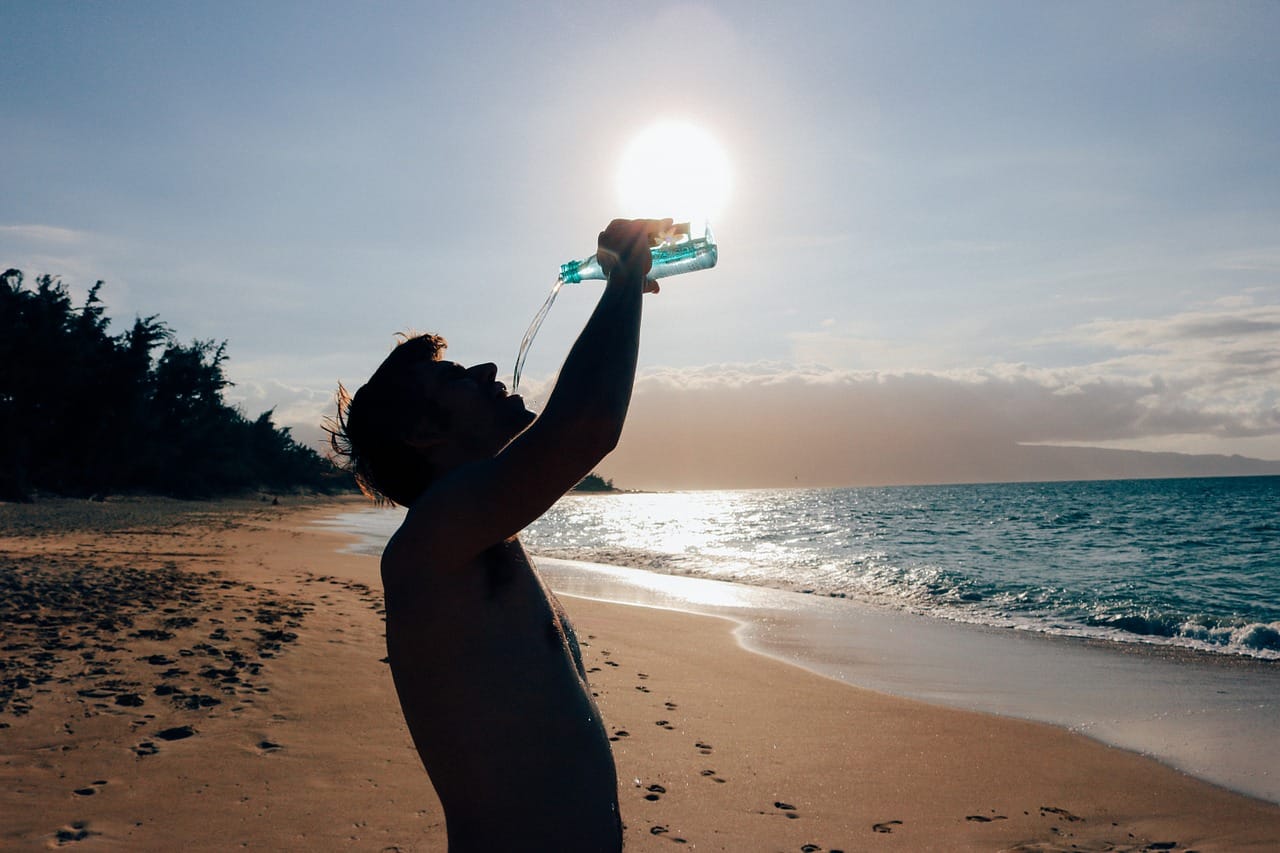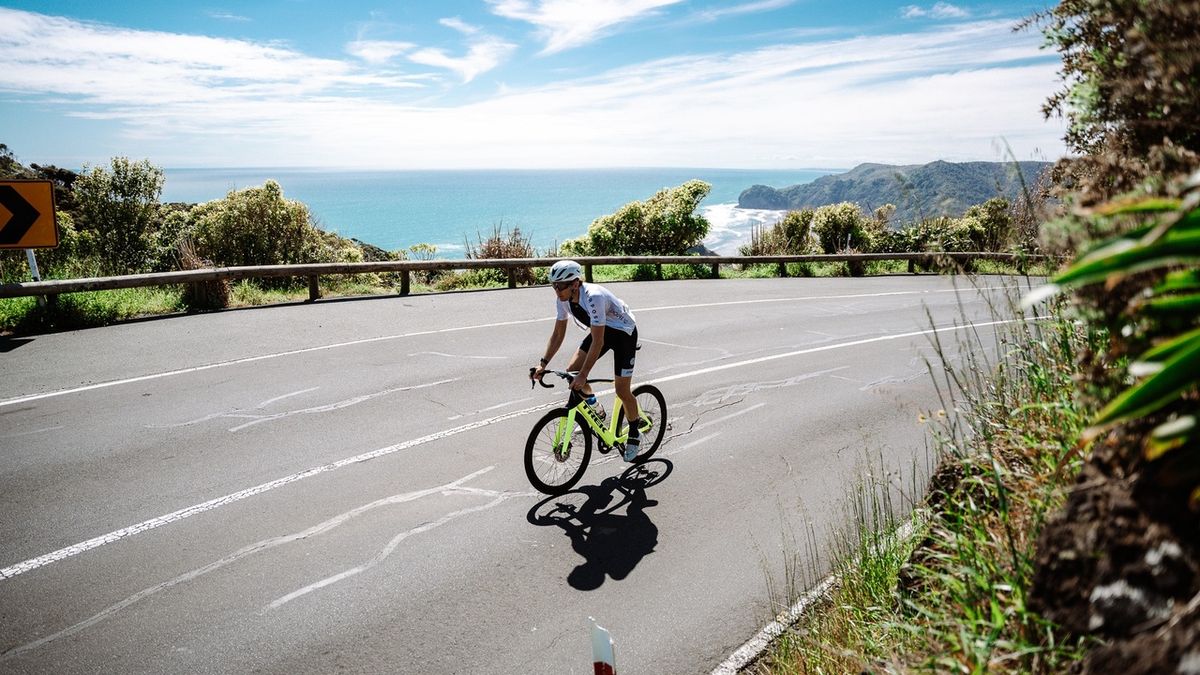Most people make the switch from running on treadmills throughout winter to running outside in the warmer weather and these five tips will prepare you for the hot days.
Do it
This may sound obvious but it is interesting how many times I hear people say that they are running early in the morning as it is cooler then. While this is true, it doesn’t really match the mantra of train how you race. Most people during an ironman don’t actually start their runs until mid-afternoon – sometimes during the hottest part of the day. Even half-iron-distance athletes may start their run late morning when the temperature has already started to rise. Doing your runs in the hotter parts of the day helps acclimatise to race conditions and will help you avoid the shock of suddenly running in the heat during a race. Don’t simply go out and do a two-hour run in 40-degree heat – build up to it both in terms of duration of the run and the temperature.
Cover up
While sunlight provides a lot of health benefits, too much exposure is obviously not a good thing. But before slathering on the sunscreen, have a look at the ingredient list – a lot of sunscreens contain a number of not too healthy ingredients including chemicals such as Octinoxate and Oxybenzone, which have been shown to be endocrine disruptors. This means that they meaning detrimentally impact hormones in the body such as testosterone and estrogen. A simple rule is that if you can’t pronounce it or, better still, wouldn’t eat it, then probably don’t put it on your skin. A better option for sun protection is caps or lightweight, long sleeve running tops. Stick to white or light coloured clothing that tends to reflect heat rather than absorbing it
Plan your hydration
Drinking to thirst is becoming more of the norm these days, but obviously the hotter the weather, the greater the thirst. Carrying sufficient water for a long run isn’t always practical and in races we have aid stations, so when planning your long runs, work out in advance where your aid stations are. Many paths have water fountains on them but also investigate where there are public toilets, shops/petrol stations (make sure you are carrying some money). For extra long runs out in the country, I will sometimes drive the route first and drop off bottles by the side of the road – place or use some type of marker so you know where they are.
Watch your pre-run and run nutrition
In hot weather more blood moves to the skin. Sweat evaporates and, in a similar way to how an evaporative air conditioner works, cools the skin and blood that returns to the core, which cools the body. The greater the heat and the effort, the more blood moves to the skin. This means that there is less blood available to the digestive tract to digest foods, which slows digestion. This can cause problems. This mechanism, and having less blood available to the stomach, is one of the primary reasons why people have gastro-intestinal issues in an event even when using a nutrition strategy that may have worked perfectly well when training in a cooler environment. Use easier to digest foods such as jelly beans for the run.
Use effort over pace
The change in how blood moves around the body, which impacts digestion, has other effects on the body, including lowering of VO2 max. Oxygen flow to the muscles is also reduced as strength and cooling compete for the same resources – blood. When running in the heat, the body, in very simple terms, has to work harder at the same pace as it would in the cool. Specifically, a high portion of glycogen is used as the body utilises more anaerobic (without oxygen) effort. The same pace in the heat will be much harder than in the cool. Until you have adapted to running in the heat, it is a good idea to use RPE (rate of perceived exertion) as a metric for the session rather than pace.







